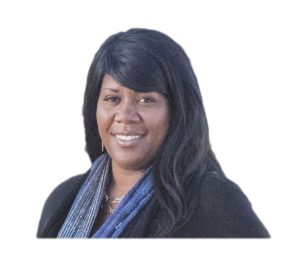I do hope you’re all enjoying this lovely autumn as we gear up for the holiday season. As I write this, it is another clear warm day, and I’m trying to remember the last time we had any rain. It’s been a while. I have been following the news of the California wildfires closely. Forty-two are dead, ranging in ages from 14 to 100. Almost 9,000 homes were burned. The economic impact will be in the billions. The effects won’t only be felt in the wine industry. Tourism and agriculture will also have to recover. As the mayor of a mountain town in the middle of a forest in an area prone to fire, I have to say, some rain wouldn’t hurt my feelings.
This fall, the headlines have been dominated by disaster. Fire, floods in Texas and Florida, the entire electrical grid in Puerto Rico wiped out. Catastrophic storms like these cost billions of dollars, they cost the economy jobs, increase inflation and slow economic growth. They cause mass migration and displacement. Scientists have established that wildfires and catastrophic storms are getting stronger and more frequent. This is the impact of climate change and it is costing us a fortune.
As we know all too well, in Flagstaff the problems caused by not enough rain and too much rain are not mutually exclusive. Most of the Southside neighborhood is in a floodplain, a floodplain created when our forefathers rerouted the Rio de Flag (in the 1910s-20s). Recently, we’ve seen a boom in redevelopment and growth in the Southside. There have been growing pains for sure, and not all of the growth is welcome. But I think most of us like seeing the homegrown businesses popping up. These are small local businesses that are vulnerable to flooding. The flood plain covers almost a third of our city. What would happen if a big enough storm hit? What would happen to the historic homes and the families without insurance? What would happen to some of the most vulnerable among us if the mission were under water? What if the northern part of Northern Arizona University was underwater? It’s terrifying to think about what would happen to Flagstaff if a big enough fire broke out, with the devastation from flames followed by mudslides and flooding. Think about the loss of our ponderosas.
Weather does not discriminate. It doesn’t care if you do very well owning a Napa Valley vineyard or exist on the edges of the economy in Puerto Rico. Climate change costs all of us. As Washington rolls back decades of work to make our air cleaner, our water safer and our fuel use more efficient, we must work at a local level to care for our environment and slow the effects of climate change. Arizona gets it all – extreme heat, extreme cold, fire, monsoon rains – we don’t need any of it getting more extreme. I am proud that the Flagstaff City Council has taken steps to do what we can, as a community, to address climate change. In the coming year, we will be reaching out to the community to talk about what’s happening and what we can do about it; together, we’ll put together a plan. Please join us; it’s all hands on deck. For more information and resources, please check out the sustainability section of the city’s website: http://flagstaff.az.gov/3438/General-Information. FBN
By Coral Evans
Coral Evans is the mayor of the City of Flagstaff.






